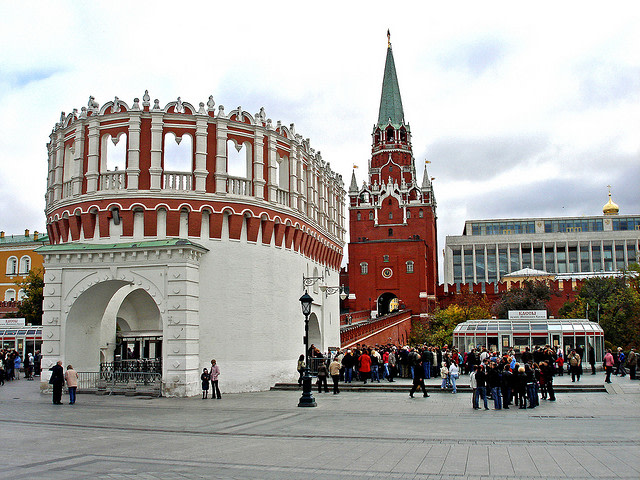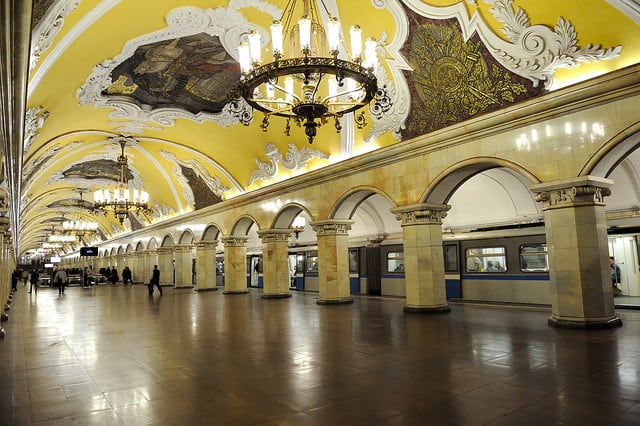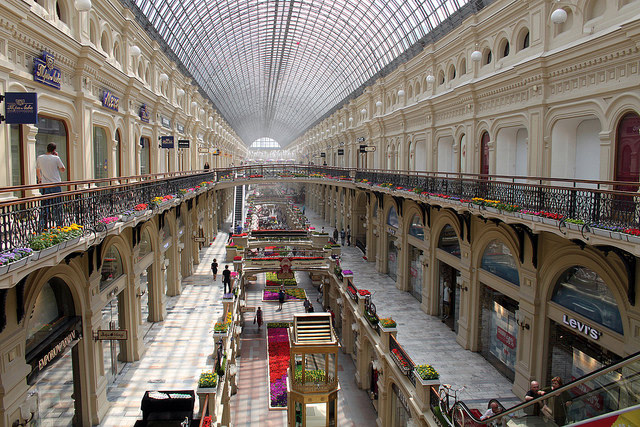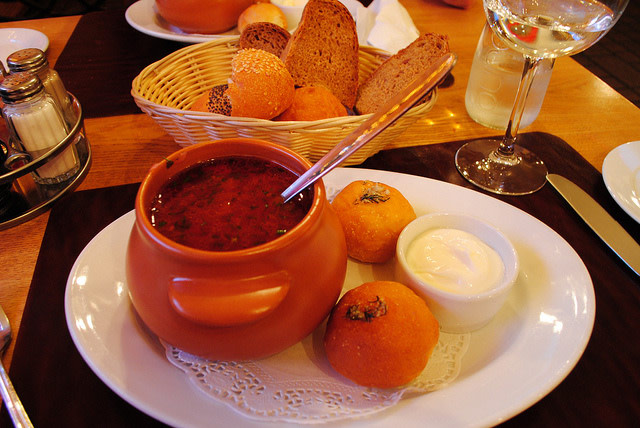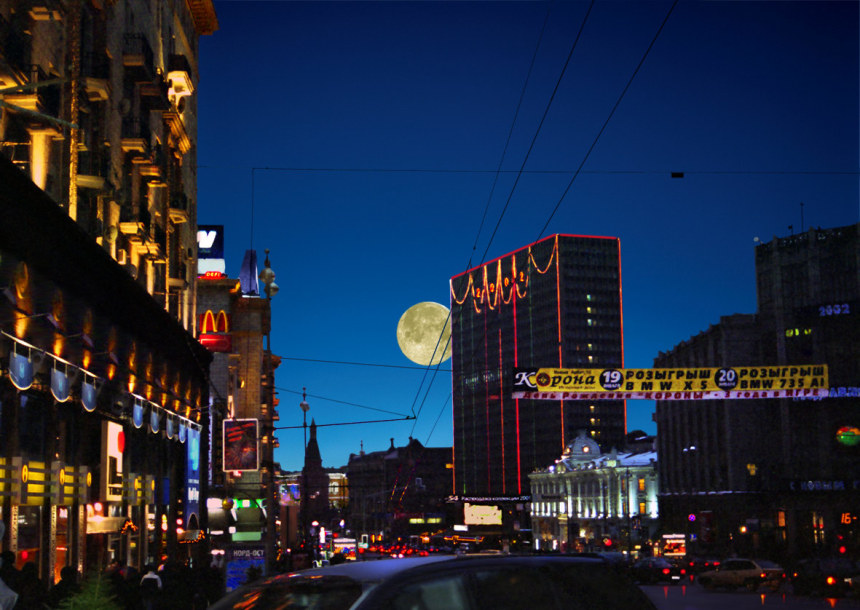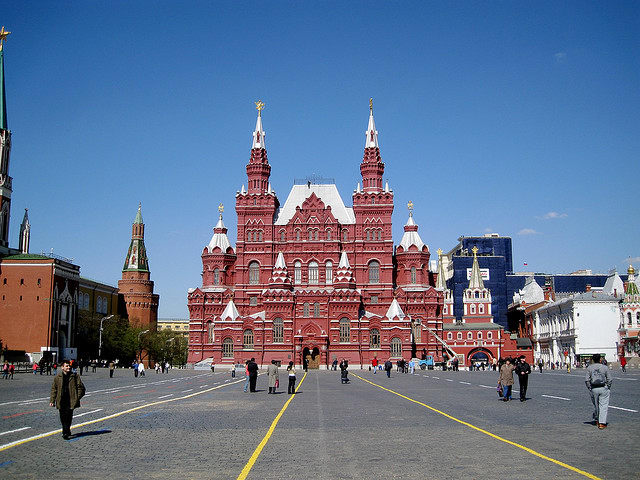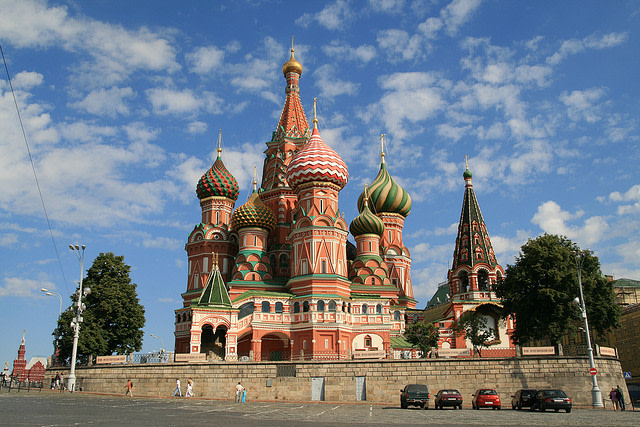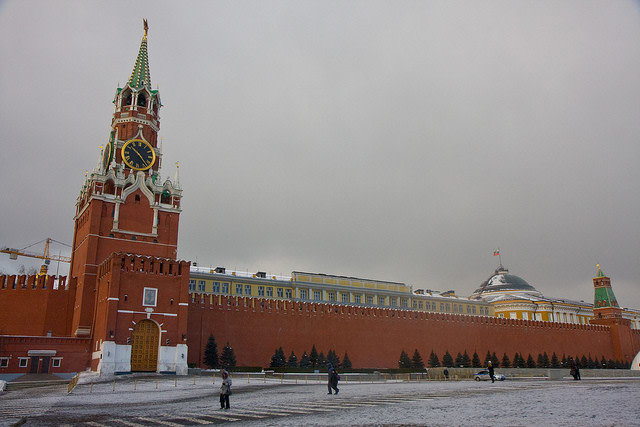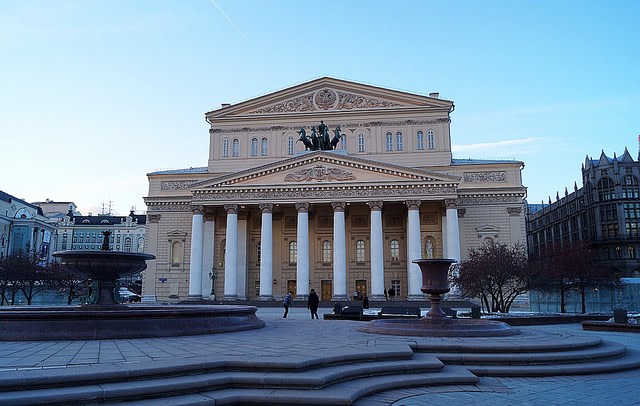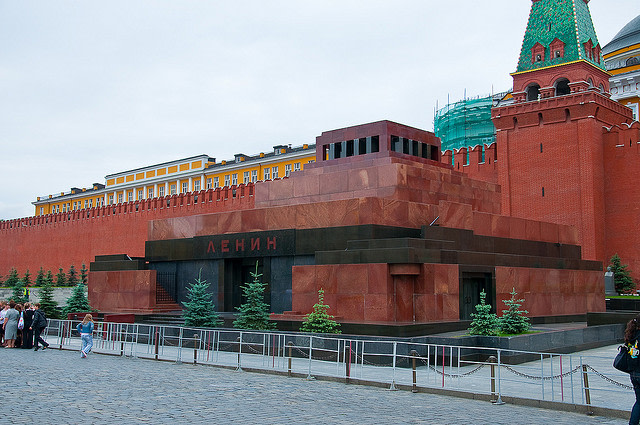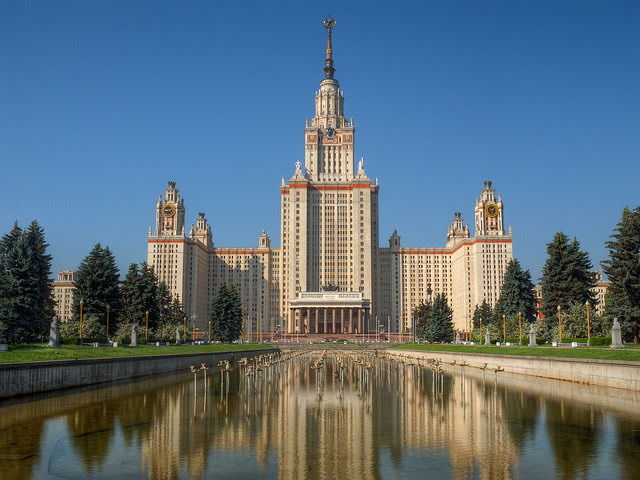| 7 mins read
By Jennifer Mullen
Anyone who grew up on a diet of James Bond movies would understand the romance and intrigue that surrounds Moscow as a travel destination. One imagines the icy wind whistling round the onion domes of St Basil’s cathedral, sombre goose stepping soldiers framed by the formidable walls of the Kremlin, as well as mysteriously beautiful, yet deadly, spies clad in mink, disappearing in and out the shadows. The modern day reality is of course somewhat different. The Cold War is over, Moscow is one of the most up and coming tourist destinations in the world and visitor numbers are close to 6 million. Having consulted a Moscow tour guide on the best sites to see, pour yourself a Moscow Mule cocktail and plan your itinerary over some classic Tchaikovsky, such as The Nutcracker or Swan Lake (or if you want some 70’s and 80’s pop nostalgia, Boney M’s “Rasputin” or Elton John’s “Nikita” will equally do the trick!).
Gone are the grey days of communism and queues for food. In fact Moscow has recently been ranked as the 9th most expensive city in the world, but despite this a trip here shouldn’t cost a Tsar’s fortune. One of the most cost effective and most interesting ways to get around is on the world-renowned Moscow subway, which is often described as an underground art museum, due to its elaborate decorations and murals. Some of the best examples are at Mayakovskaya, Elektrozavodskaya, Prospekt Mira, Arbatskaya and Kievskaya.
The city of Moscow is the very vibrant political, scientific, historical, architectural and business heart of Russia. The most exclusive shopping address has to be the GUM department store, which dates back to the time of the Tsars. During the Communist era, the shop had a secret clothing store known as Section 100, only accessible to the highest-ranking party officials. Stalin also commandeered GUM in 1928 for his staff working on his 5-year plans. Nowadays, a lot of the exclusive merchandise is still out of reach of the average Russian from a price point of view, although Moscow does have at least 84 billionaires, which is more than New York, London and Hong Kong. Another magnificent shop worth a visit is Yeliseev’s Food Hall, which has to be the grandest grocery store in Moscow!
One of the most enjoyable things about visiting a new city is trying the local cuisine. Given the size of Russia as a country, it is worth trying regional specialities such as brightly coloured borscht, a hearty winter soup made of beetroot to warm you up even on the coldest winter day, along with piping hot breads, stuffed with Georgian cheese. Russians also excel at really delicious pastries, with fillings such as plump juicy blackcurrants.
Muscovites have the reputation for partying until dawn! Night owls will be impressed by the variety of nightlife available in Moscow, ranging from the latest chic clubs (such as Krysha Mira) to Irish pubs (Drunken Duck or Molly Malones) and trendy wine bars (like Wine Religion).
A Russian tour guide will proudly tell you that Moscow has a skyline unlike any other city, with Red Square being Moscow’s most iconic address. Anyone old enough to watch the news in the 1980’s will remember military parades on the square, but since Perestroika, the thundering of tanks has been replaced by echoes of music performances and concerts. The “Red” name is interestingly nothing to do with communism, but comes from an old Russian word “krasnyi”, which used to mean beautiful, but whose meaning in modern Russian has morphed into “red”. The square started off as a slum, and despite attempts to clean it up, for centuries it was frequented by drunks, criminals and people who wanted to see an entertaining execution. Red Square is synonymous with Russia’s past and it is worth just taking time to pause and to imagine the hundreds of billions of feet which have walked across it for centuries, plus the events it has witnessed.
St Basil’s Cathedral has arguably the most famous onion domes in the world. Dating back to the 16th Century and constructed on the orders of Ivan the Terrible, this cathedral was almost torn down by Stalin. It was however saved by architect Pyotr Baranovsky, who sent a harsh protest telegram to the Kremlin (but was sent to prison for 5 years for his audacity!).
The Kremlin is the place to go to find out about Russian history; therefore it is very important to find a Russian tour guide who can bring the complexity of Russia’s past to life. The guide will not only take you around the formidable Kremlin walls, but will also ensure that you are able to access all the interesting spots. It is here you really feel you are right in the heart of one of the most powerful nations in the world.
The most magical place in Moscow has to be the Bolshoi Theatre, home of the Bolshoi ballet and opera. It is by far the world’s biggest ballet company, with more than 200 dancers (indeed the word “bolshoi” means big or grand in Russian). Although tickets are not cheap, do make it a point to attend and experience the sheer physical prowess of the dancers and the magical atmosphere created by the music.
The greatest contrast to the light-footed graceful Bolshoi dancers has to be the dark chambers housing the body of Lenin, inside the Lenin Mausoleum. Despite a lot of TLC from a team of scientists, the corpse hasn’t aged very well and there were even rumours that it had been replaced by a wax replica; but it is worth the waiting time if you have a certain macabre curiosity.
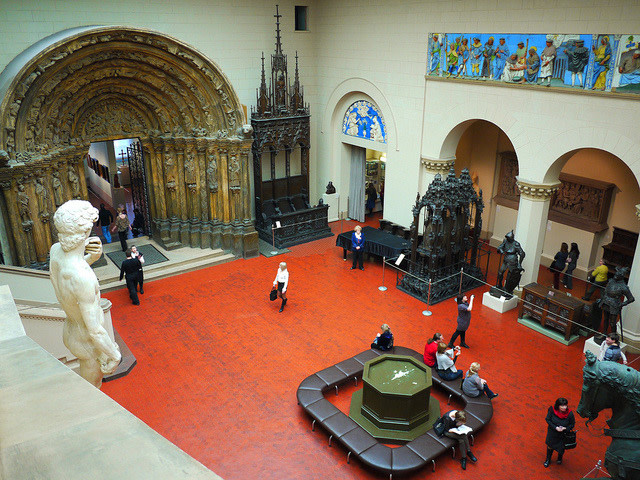
One of the most impressive albeit slightly creepy structures in Moscow is the Lomonosov State University (MGU), which is the tallest of the “Seven Sisters” built in Stalinist style. Partly built by inmates from the infamous Gulag camps, the building still retains the title of tallest educational establishment in the world. Harry Potter fans may be forgiven for thinking this is the Russian answer to Hogwarts!
A Moscow tour guide will advise you to pick your time of visit carefully, as winter can be bitterly cold. It may be your peek behind the former Iron Curtain, but it most certainly will capture you imagination.
(Jen Mullen is a seasoned traveler, having lived and worked in the UK, Germany, Switzerland, Australia and most recently South India. In her opinion, the best parts about traveling are meeting the locals, sampling as much new food as possible, and making an effort to learn new language)
Image Details and Licenses: https://flic.kr/p/7kBKhL (Dennis Jarvis, CC BY-SA 2.0), https://flic.kr/p/nkSmfM (Tim Adams, CC BY 2.0), https://flic.kr/p/o7KS6w (flowcomm, CC BY 2.0), https://flic.kr/p/avfVf2 (appaIoosa, CC BY-NC-ND 2.0), https://flic.kr/p/4JXJfx (Ed Yourdon, CC BY-NC-SA 2.0), https://flic.kr/p/5cNEg2 (Bernt Rostad, CC BY 2.0), https://flic.kr/p/e4fNj2 (Garrett Ziegler, CC BY-NC-ND 2.0), https://flic.kr/p/e2cb59 (George Armstrong, CC BY-NC-ND 2.0), https://flic.kr/p/7BCDs5 (Michel Heiniger, CC BY-NC-SA 2.0), https://flic.kr/p/bwo6su (plottingadiscourse, CC BY-NC-SA 2.0), https://flic.kr/p/bayTWk (Alexey Kljatov, CC BY-NC 2.0) https://flic.kr/p/9diEfA (Cheshire Cat, CC by ND-2.0)


